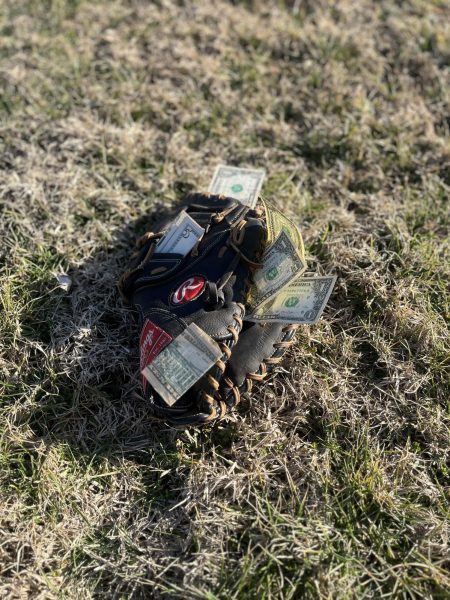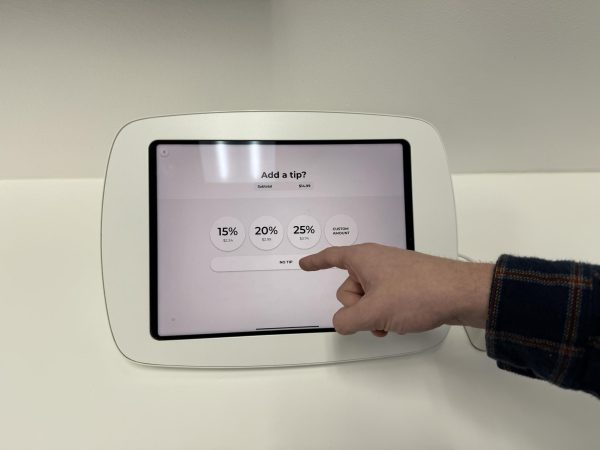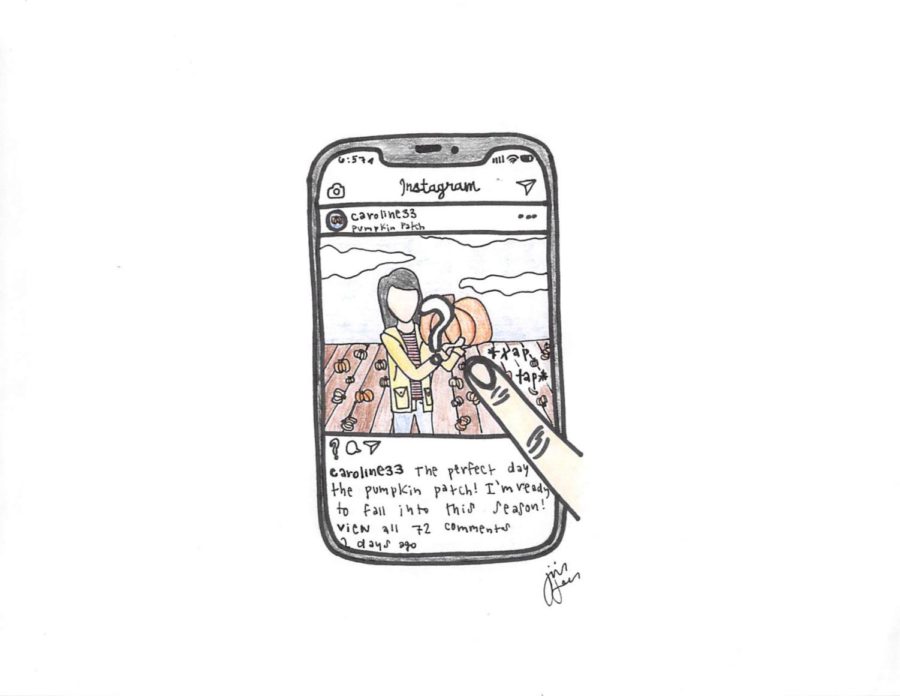Instagram Experiments with Removing Likes
Media by Jilian Bunderson
On June 15, Instagram began experimenting with no likes in seven different countries: Australia, Brazil, Canada, Ireland, Italy, Japan, and New Zealand.
It’s the day after the dance, a family outing, or a late night out with friends. In other words, it’s the perfect time to post on Instagram.
Before teenagers officially post, they look up the best time to post: weekdays from 8 p.m. – 3 p.m. with high activity on Thursdays.
Now, it is time to post, but the anxiety has not yet diminished. For hours after teenagers post, they are constantly reloading their feed in hope to see more likes and comments.
This attachment and obsession with virtual likes has become an unhealthy habit displayed by most teenagers.
In recognition of this habit, Instagram began experimenting with ridding itself of likes on June 15.
Instagram began testing their new no-like policy in seven countries: Australia, Canada, Brazil, Ireland, Japan and New Zealand. Their new like policy doesn’t completely extinguish, likes but users can no longer see other users’ amount of likes.
Currently, when users view other people’s profiles, they see the amount of likes people have on a photo. With the new update, they can still see who liked the photo but not how many people have liked.
This adjustment is a step in the right direction to eliminating unnecessary comparisons between teenagers. Although these virtual likes are nothing more than a double tap, they somehow represent validation.
Teenagers are constantly comparing their amount of likes to past photos and their friend’s photos. This creates an unhealthy level of comparison. By eliminating the number attached to likes, Instagram is helping eliminate this toxic level of comparison.
Although eliminating likes is good, it is not good enough. To fully fix the negative effects of Instagram, the app must become more like VSCO.
VSCO is a photo editing app that promotes creativity and self-assurance. Only the user can see how many followers they have, how many people have liked their photo and how many people have republished their photo.
By eliminating the public pressure to have the most likes and republishes, VSCO has truly created an app that is focused around the self and not others, and social media platforms like Instagram should follow suit.
Your donation will support the student journalists of Marquette High School. Your contribution will allow us to purchase equipment and cover our annual website hosting costs. You may become a PATRON by making a donation at one of these levels: White/$30, Green/$50, Blue/$100. Patron names will be published in the print newsmagazine, on the website and once per quarter on our social media accounts.
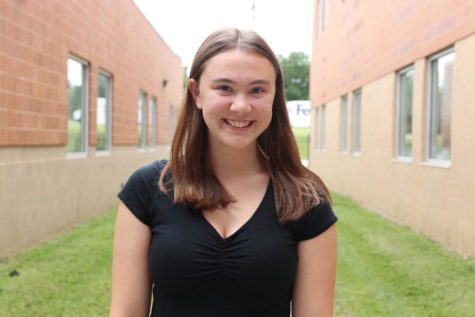
Sarah Harris, senior, is the Associate Editor for the Messenger and is also the Copy Editor for the Medallion, Marquette's yearbook. Sarah is involved...
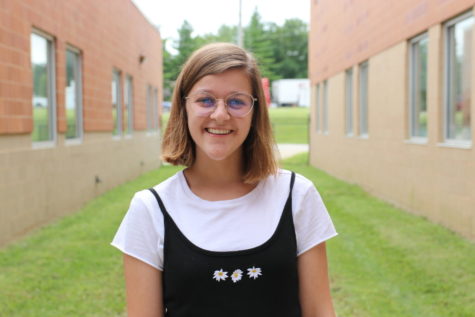
Jilian Bunderson, senior, is the Illustrator for the Messenger. She is also the co-president of Renaissance, a member of NHS, and has been involved in...




